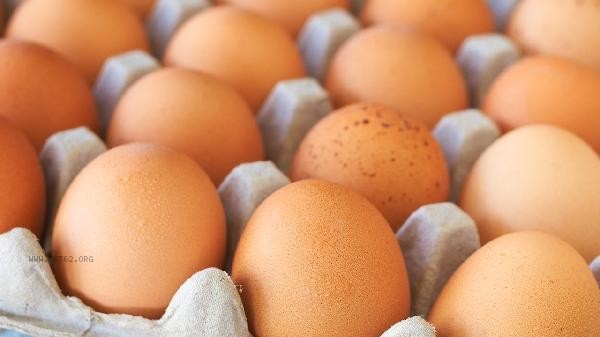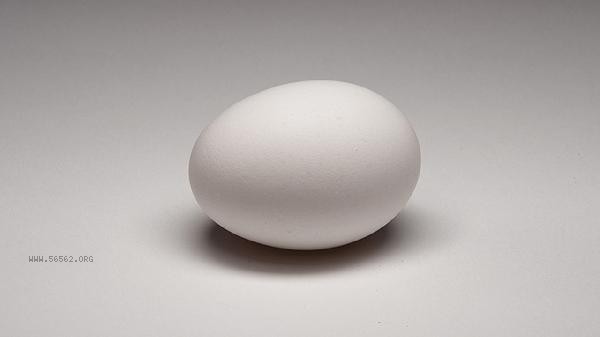The national standard methods for detecting non protein nitrogen in feed mainly include Kjeldahl nitrogen determination method, Dumas combustion method, spectrophotometry, ion chromatography, and near-infrared spectroscopy.
1. Kjeldahl nitrogen determination method:

Kjeldahl nitrogen determination method is a classic method for determining the total nitrogen content of feed. Organic nitrogen is converted into ammonium salts by dissolving the sample with sulfuric acid, and then the nitrogen content is determined by distillation titration. This method has high accuracy but is cumbersome to operate, requiring the use of concentrated sulfuric acid and catalyst, with a detection cycle of about 2-4 hours. Suitable for non protein nitrogen detection of various feed raw materials and compound feed, with a detection limit of up to 0.1%.
2. Dumas combustion method:
Dumas combustion method releases nitrogen gas by burning the sample at high temperature, and determines the nitrogen content using a thermal conductivity detector. This method does not require chemical reagents and has a detection speed of 3-5 minutes, but the equipment cost is relatively high. Suitable for large-scale sample testing, especially for rapid analysis of high protein feed, with detection accuracy comparable to the Kjeldahl method.
3. spectrophotometry:

spectrophotometry is used to detect specific non protein nitrogen compounds such as urea and ammonium salts, and the absorbance is measured at a specific wavelength using a colorimetric reaction. This method has good selectivity and can distinguish different forms of non protein nitrogen, but standard curves need to be established for different compounds. Suitable for specialized testing of urea in feed additives, with a detection limit of up to 0.01%.
4. Ion chromatography:
ion chromatography can separate and detect inorganic nitrogen compounds such as ammonium ions and nitrate ions in feed. This method has high sensitivity and can simultaneously measure multiple ionic nitrogen states, but requires complex preprocessing. Suitable for precise analysis of inorganic nitrogen in premix and mineral feed, with a detection limit of up to milligrams per kilogram.
5. Near infrared spectroscopy:
Near infrared spectroscopy quickly predicts non protein nitrogen content by establishing a mathematical model, without the need for sample pretreatment. This method has a detection speed of 1-2 minutes and is suitable for online monitoring of production lines, but requires a large number of standard samples to establish models. Suitable for quality monitoring in the production process of compound feed, with a detection error of about 0.3%. Feed production enterprises should choose appropriate testing methods based on the characteristics of raw materials, testing requirements, and equipment conditions. Daily quality control can use the easy-to-use near-infrared spectroscopy method, and it is recommended to use the Kjeldahl nitrogen determination method for arbitration testing. During the testing process, attention should be paid to the calibration of standard substances, sample uniformity, and operational standardization. Regular inter laboratory comparison tests can ensure the accuracy of test results, while establishing a comprehensive system for recording and preserving test records. For special feed materials such as single-cell protein feed, it is recommended to combine multiple methods for cross validation.









Comments (0)
Leave a Comment
No comments yet
Be the first to share your thoughts!